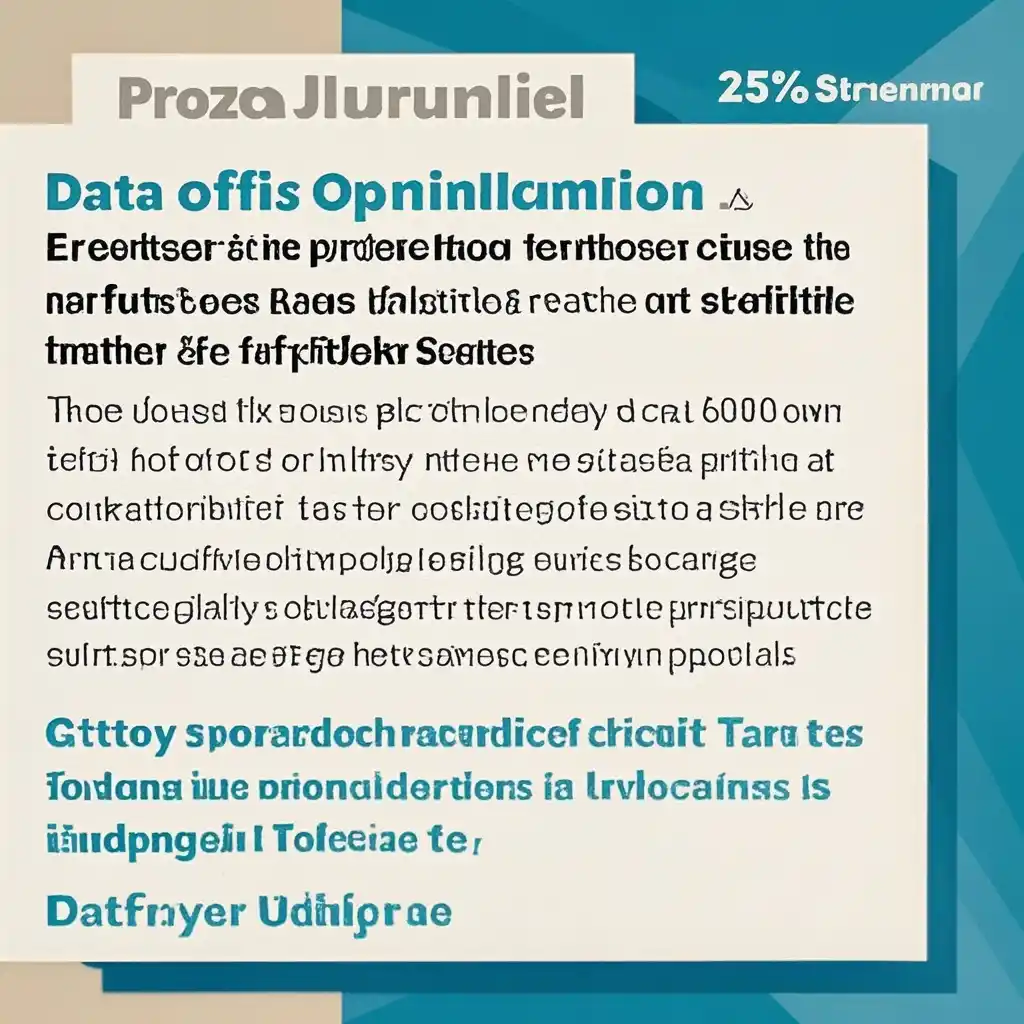

Background For Amazon sellers, the imposition of a 25% tariff has been a significant blow. This additional cost on products has made many Amazon product listings that were once profitable now seem unviable. Tariffs are essentially taxes imposed on imported goods. In the context of Amazon, which has a vast global marketplace with products sourced from all over the world, these tariffs directly impact the cost structure of the products. For example, if a seller imports a product from a country subject to the 25% tariff and the product originally cost $100, now they have to pay an extra $25 in tariffs. This means that the cost price of the product for the seller has increased to $125. Profitability Challenges With the increase in cost due to tariffs, Amazon sellers are facing multiple challenges in maintaining profitability. Firstly, raising the price to cover the tariff cost might make the product less competitive. Customers on Amazon are price - sensitive, and a significant price hike can lead to a decrease in sales volume. For instance, consider a small electronics item that was selling well at $50. After the tariff, if the seller increases the price to $62.50 (to cover the 25% tariff), they may find that the number of units sold drops significantly. Secondly, absorbing the tariff cost eats into the profit margin. If the seller decides not to raise the price, the already thin profit margins on many Amazon products can disappear completely. This can lead to a situation where sellers are barely breaking even or even making losses on their product listings. Strategies 1. Optimize Product Descriptions A well - crafted product description can enhance the perceived value of the product. Sellers should focus on highlighting the unique features and benefits of the product. For example, a clothing seller facing tariff issues can describe in detail the high - quality fabric, the ethical manufacturing process, and the latest fashion trends incorporated in their products. This can make customers more willing to pay a higher price. A case in point is a handmade jewelry seller who, instead of just listing the materials used, told the story of the artisans who created the pieces, the cultural significance of the designs, and how each piece was a one - of - a - kind creation. This led to customers being more accepting of a slightly higher price due to the added value in the product's story. 2. Improve Product Images High - quality product images can significantly impact a customer's purchasing decision. Sellers should invest in professional photography or use high - resolution images. For a furniture seller, clear, well - lit images that show the product from different angles and in different settings can make the product more appealing. A furniture brand noticed that after upgrading their product images to show how their pieces could transform a living room, they had a higher conversion rate even though they had to slightly increase the price due to tariffs. 3. Keyword Optimization By researching and using relevant and high - traffic keywords in product titles and descriptions, sellers can improve their product's visibility in Amazon's search results. For example, a sports equipment seller found that by including specific long - tail keywords like "high - performance running shoes for marathon training," they were able to target a more niche and interested customer base. This increased their chances of making a sale even at a higher price point because they were reaching customers who were more likely to be interested in their product's features and were willing to pay a premium. 4. Bundle Products Offering product bundles can add value for the customer while also helping the seller manage costs. A beauty seller, for instance, could bundle a face cream, a serum, and a cleanser together. By pricing the bundle attractively, the seller can make the overall deal seem more appealing to customers. This way, even with the tariff cost factored in, the seller can increase the average order value and maintain profitability. 5. Leverage Amazon Advertising Although it comes at a cost, strategic use of Amazon Advertising can increase product visibility. A book seller, when faced with tariff - related price increases, started running targeted Amazon ads. By carefully selecting the keywords and demographics to target, they were able to drive more traffic to their product listing. This, in turn, led to an increase in sales volume, compensating for the price increase due to tariffs. Summary In conclusion, while the 25% tariffs pose a significant challenge to Amazon sellers' profitability, there are several strategies that can be employed to optimize product listings and improve the bottom line. By focusing on enhancing the perceived value of products through better descriptions, images, and bundling, as well as improving visibility through keyword optimization and advertising, sellers can navigate the difficult terrain of tariffs and still achieve profitability. It is essential for Amazon sellers to be proactive and experiment with different strategies to find what works best for their products and customer base.